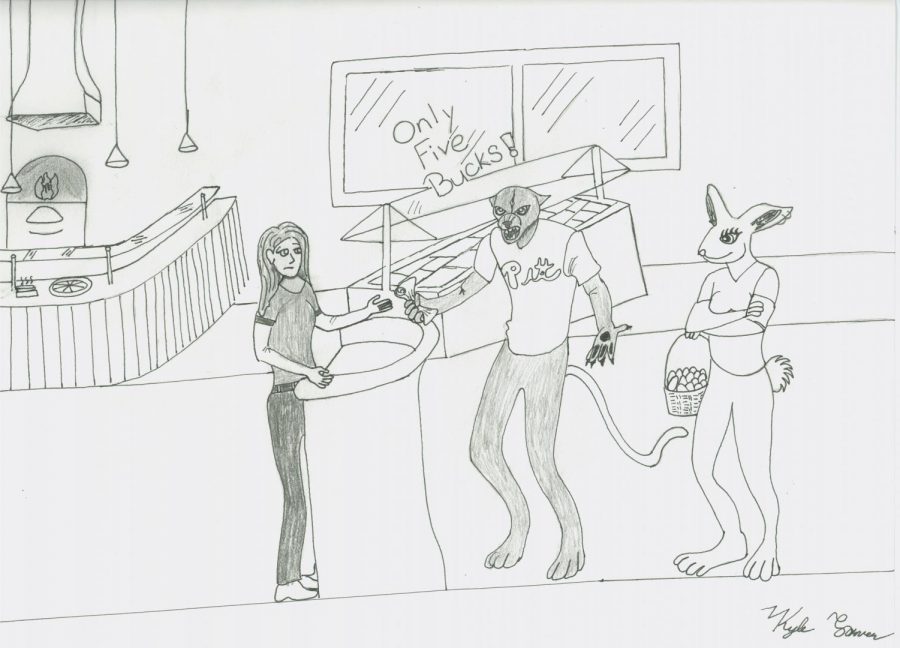Five does not equal 7 or 16
March 28, 2018
Campus residents, who do not have a stove, are required to purchase a meal plan, and as the dining hall food isn’t always appealing, many students tend to convert some meal swipes into dining dollars.
The intention of allowing a conversion of meals into the dining dollars move might be in consideration of the students, knowing that they would prefer food at the Tuck Shop or Brioche Dorée over dining hall food.
The conversion rate is $5 per meal. As the cost of a meal ranges from $7 to $16 each, we do not understand how a $5 exchange rate was determined.
Anyone should be able to tell that the exchange rate should be more than $5.
We think that the administrators are taking advantage of students preferring to eat at other food places that are not the dining hall, and they are profiting from it.
Students paid for meal plans, yet they were not getting what they deserved.
Of course, things might be more complicated than we thought, but we hope to be given an explanation as to how the math works. An understanding between administrators and students will not occur if the administrators keep dodging questions.
This also raises the concern of the accountability of our administrators.
We think that administrators are avoiding the questions by pushing them to different people, which is giving the wrong impression tostudents.
Why should students learn to be responsible for themselves if the administrators are showing them that avoiding responsibilities is acceptable?
Pitt-Johnstown is a higher education institution, the administrators have the responsibility of setting the right model for the students. Students came to learn, not just from their professors, but also from their peers and administrators.
As consumers, the students have the right to know how their money is being used. The ambiguity of the administrators is only making things worse.

